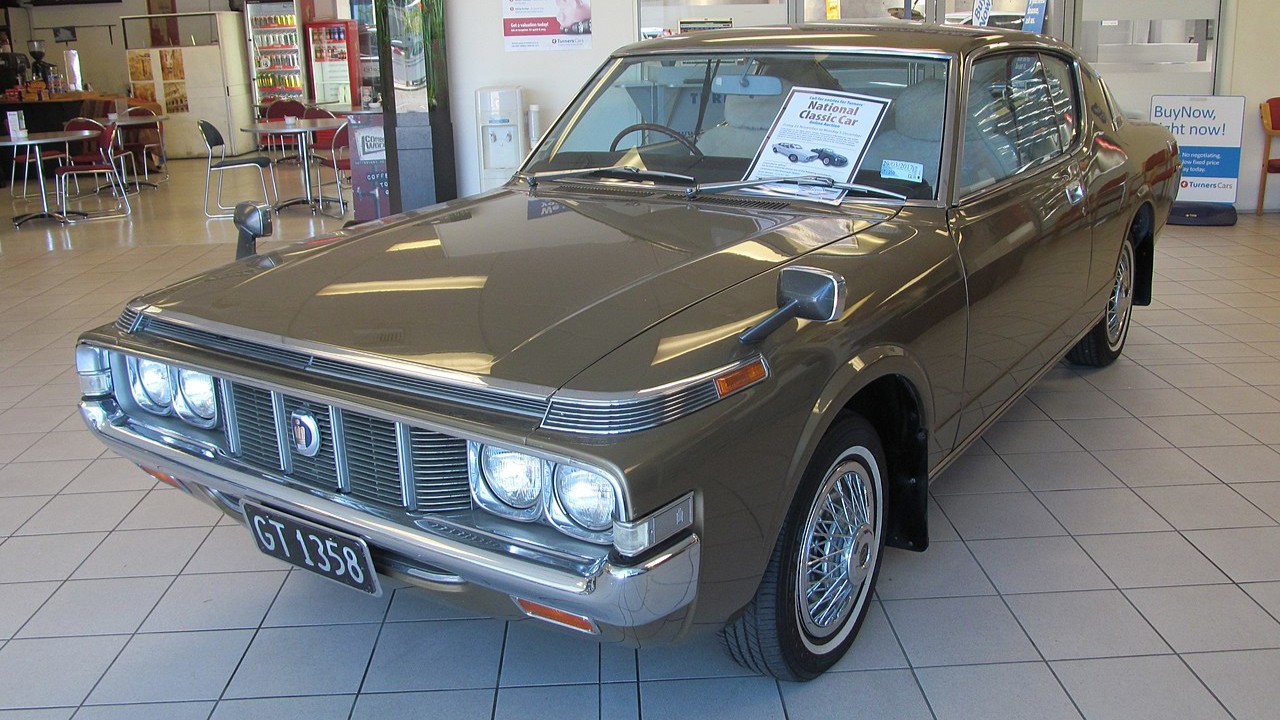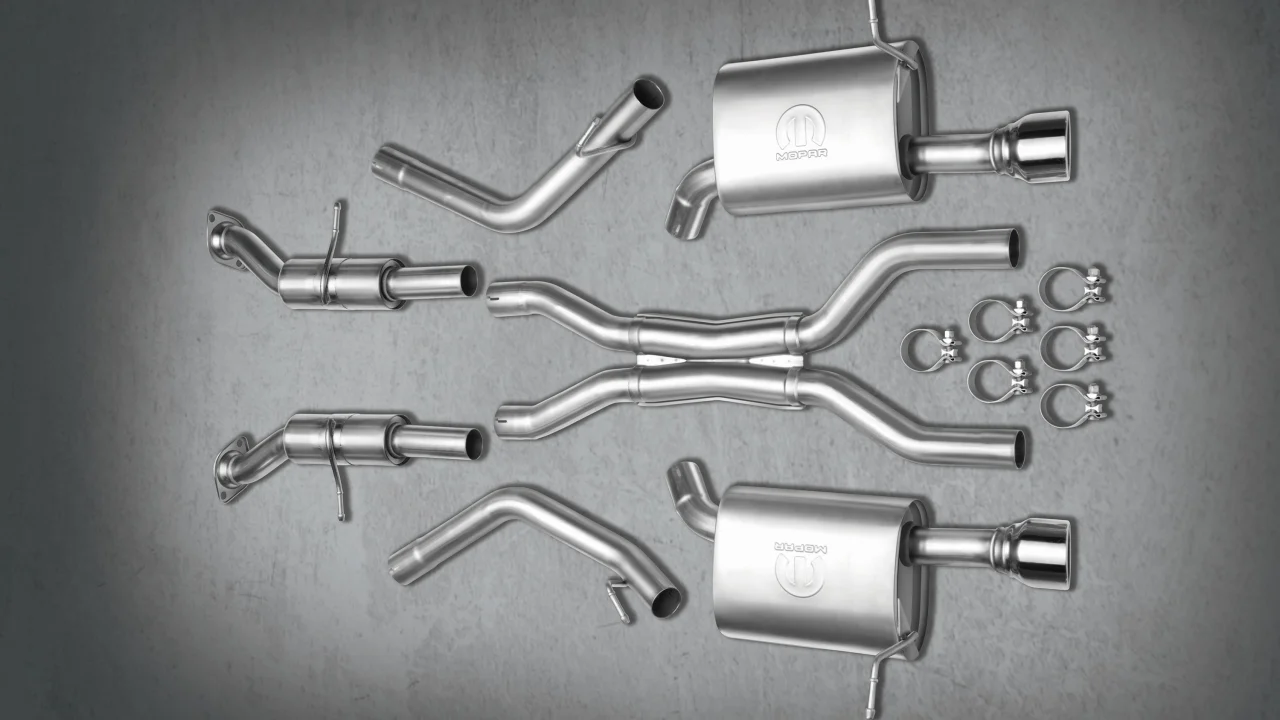Ain’t technology great? These days, you can drive around in your late-model vehicle and have its engine shut off at stoplights, only to restart seamlessly when the light turns green. Helps save you dinero at the gas pump by increasing the efficiency of your flivver, plus it cuts down on CO2 emissions. However, the big guy at the EPA says this nice bit of tech will be scrutinized.
Lee Zeldin, a former New York Representative who was appointed Administrator of the Environmental Protection Agency by President Trump, recently tweeted this on X several days ago: “Start/stop technology: where your car dies at every red light so companies get a climate participation trophy. EPA approved it, and everyone hates it, so we’re fixing it.”

Believe it or not, stop-start first appeared on the six-cylinder version of the 1974 Toyota Crown (which was not imported to the U.S.). In the 1990s, several miserly European cars adopted the feature. Starting with the Euro 5 European emissions standards from 2009, most new cars sold on the Continent have included a stop-start system; the same could also be said about cars sold in the U.S., though not via regulation. Per Car and Driver, the EPA offers manufacturers something called “off-cycle credits” that create an incentive to use a stop-start feature as it’s purported to reduce emissions. Per the EPA’s website:
Stop-start systems (sometimes called idle-stop, start/stop, smart start, or other manufacturer-specific names) save fuel by turning off the engine when the vehicle comes to a stop and automatically starting it back up when you step on the accelerator. Stop-start can improve fuel economy by 4 to 5 percent and provides the biggest benefit in conditions where the engine would otherwise be idling, such as stop-and-go city driving.
But does it? Depends on several variables, such as the amount of time at a standstill and the type of stop-start system (some switch on when you lift off the brake, while mild hybrids may shut off when coasting to a stop).

Whatever the case, the vehicles that include this feature also offer a way to shut it off if it bothers you, though there are some vehicles that require you to turn it off every single time you’re behind the wheel. We imagine that would be a PITA, but hey, I already have to press so many buttons to change the temp in my car, so what’s another button? Nonetheless, it remains to be seen what Zeldin has in mind with his fix.

